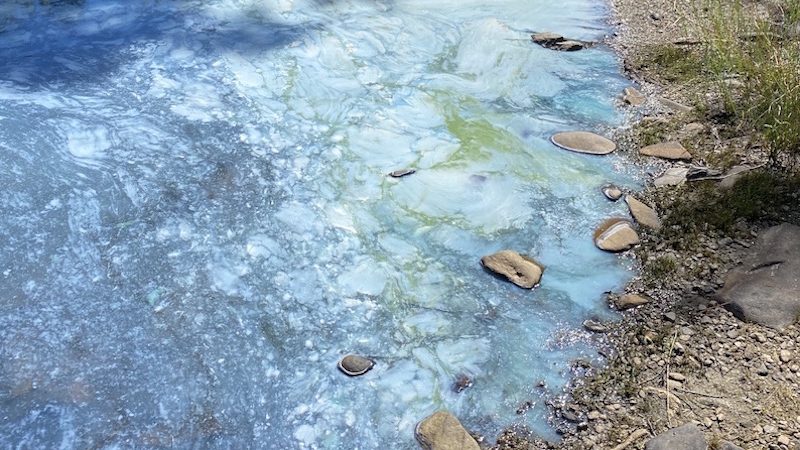N.S. health warns residents of blue-green algae

Posted May 19, 2024 09:38:54 AM.
Last Updated May 21, 2024 11:41:31 AM.
As the weather becomes warmer, health officials are warning residents of Nova Scotia to keep an eye out for blue-green algae.
Also known as ‘cyanobacteria’, blue-green algae is made up of microscopic, plant-like organisms that occur naturally in ponds, rivers, lakes and streams.
According to the Nova Scotia Department of Environment and Climate Change, blue-green algae can look like spilled paint or pea soup. It can sometimes clump together and look like fine grass clippings in the water and can also look like a thick scum on the surface of the water.
Swimming in water with blue-green algae can cause itchy, irritated eyes and skin. Swallowing or inhaling the water can cause headaches, fever, diarrhea, abdominal pain, nausea and vomiting.
Health officials add that drinking blue-green algae water for long periods of time can lead liver damage.
For pets, exposure to blue-green algae can be fatal.
If you think you see blue-green algae or if blue-green algae is present:
- Don’t touch the algae or the water.
- Be careful with recreational water activities that generate spray (like boating) because you can inhale the toxins.
- Be careful when eating fish caught in the water and don’t eat the liver, kidneys or other organs because toxins can be stored there.
- Seek medical attention if you get sick.
- Contact a veterinarian immediately if your pet ingests the algae.
Health officials say that if you think you see blue-green algae, you should treat it as potentially toxic and to report it to your local Department of Environment and Climate Change office or call 1-877-936-8476.








